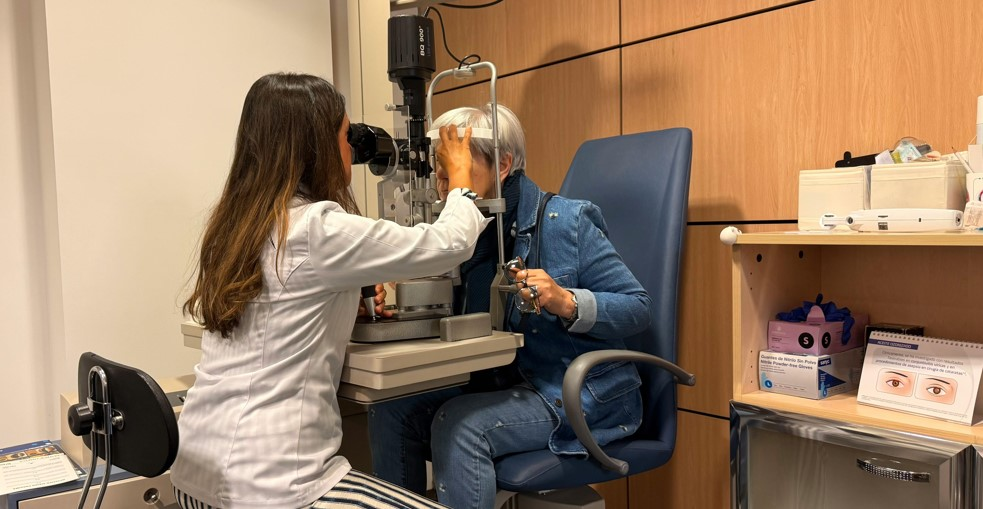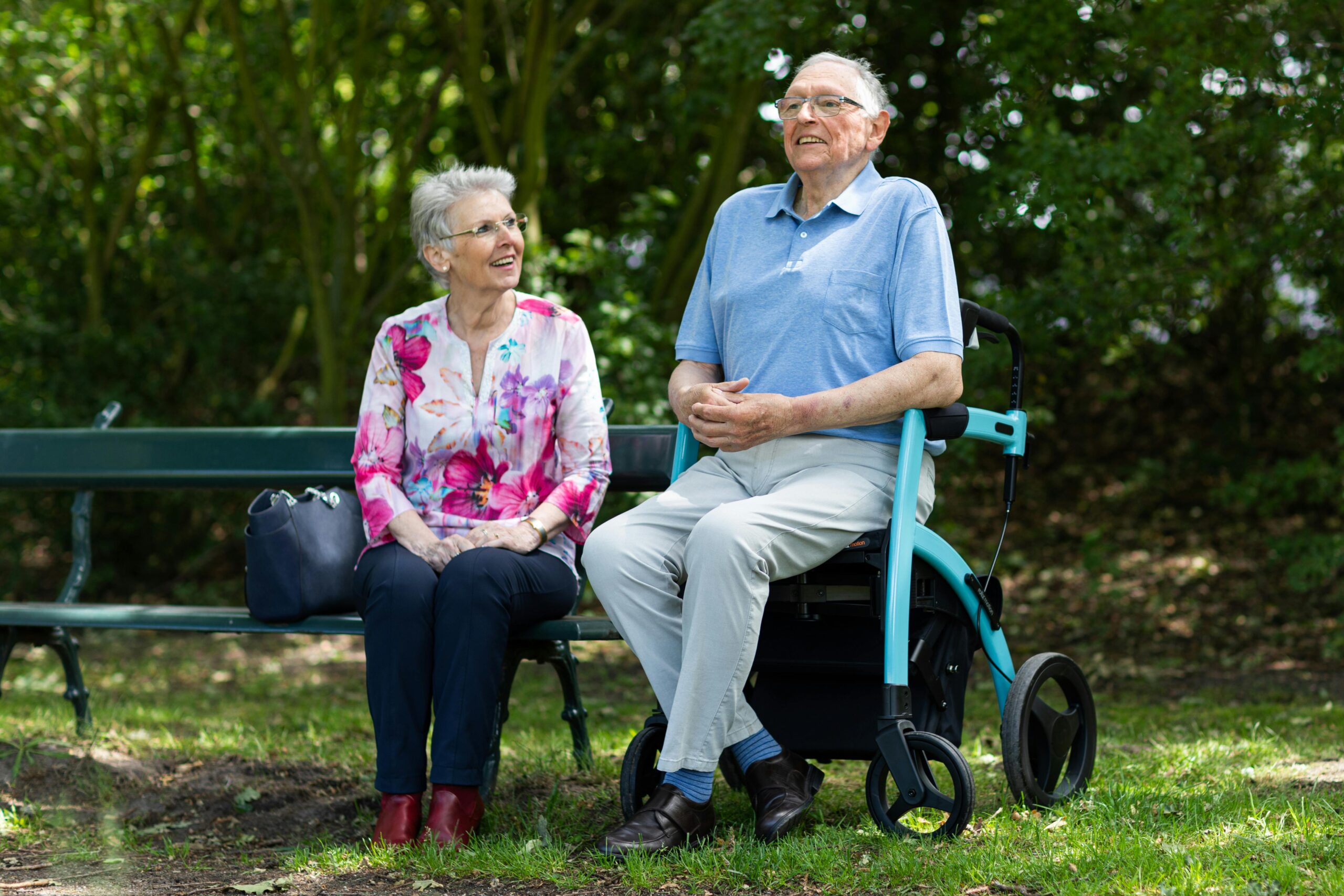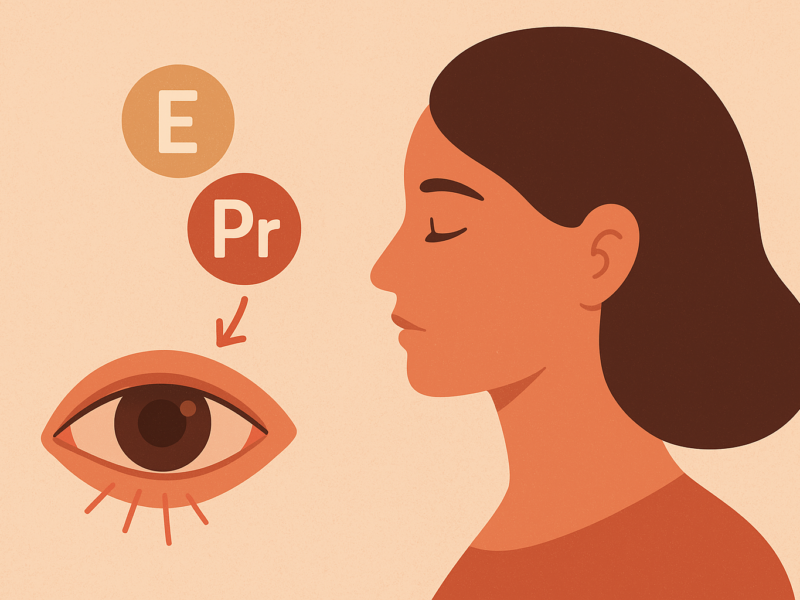Introduction
As we age, our eyes undergo natural changes—some subtle, others more pronounced. From presbyopia and cataracts to more serious conditions like glaucoma and macular degeneration, vision problems can gradually interfere with daily life. But the good news is that age-related vision loss isn’t inevitable. With preventive care, proper nutrition, and regular eye exams, you can preserve clear vision and protect your independence for years to come.
In this comprehensive guide, you’ll learn the science behind aging eyes, how to spot early warning signs, and the best evidence-based ways to maintain lifelong eye health.
1. Understanding How Aging Affects Vision
Aging naturally affects the eye’s structure and function. The lens becomes less flexible, the retina less sensitive, and tear production may decrease. These changes make focusing harder and increase the risk of dryness and irritation.
Key physical changes include:
- Presbyopia: Difficulty focusing on close objects (usually after age 40).
- Reduced pupil size: Older eyes receive less light, making night vision harder.
- Thinning retina: Light sensitivity and contrast perception decrease.
- Dry eyes: Tear film becomes unstable with age.
👉 These changes are normal, but when combined with chronic health issues like diabetes or hypertension, they can accelerate vision decline.
2. Common Age-Related Eye Conditions
Cataracts
Cataracts occur when the eye’s natural lens becomes cloudy, causing blurred or faded vision.
Treatment: Cataract surgery is safe and effective, restoring clear vision in over 95% of patients.
Prevention: Wear UV-protective sunglasses, eat antioxidant-rich foods (vitamin C, lutein, zeaxanthin).
Glaucoma
A group of diseases that damage the optic nerve, often linked to high intraocular pressure.
Symptoms: Peripheral vision loss, halos, eye pain.
Prevention: Regular pressure checks; prescription eye drops and laser therapy are effective for management.
Age-Related Macular Degeneration (AMD)
A progressive disease affecting the central retina (macula), causing blurry or blank spots in central vision.
Types: Dry AMD (most common) and Wet AMD (caused by abnormal blood vessels).
Prevention: Balanced diet with omega-3s, lutein, zinc, and regular eye checkups.
Diabetic Retinopathy
Chronic high blood sugar damages retinal blood vessels.
Symptoms: Blurred or fluctuating vision, dark spots, color changes.
Prevention: Control blood sugar, blood pressure, and cholesterol.
Dry Eye Syndrome
Common among seniors, especially women.
Causes: Hormonal changes, medication, low humidity, and reduced blinking.
Solutions: Artificial tears, omega-3 supplements, humidifier use.

3. Early Warning Signs You Should Never Ignore
Recognizing early symptoms allows for faster intervention and better outcomes.
🚨 See an eye doctor immediately if you notice:
- Sudden blurred or double vision
- Loss of peripheral vision
- Increased floaters or flashes of light
- Eye pain, redness, or discharge
- Difficulty adjusting to low light
Even mild changes can signal the onset of glaucoma, AMD, or diabetic retinopathy.
4. Nutrition for Senior Eye Health
Diet is one of the strongest tools for protecting vision.
Aging increases oxidative stress in the eyes, but antioxidants can help slow this process.
Key Nutrients:
- Lutein & Zeaxanthin: Found in spinach, kale, and eggs — protect against AMD.
- Vitamin C & E: Found in oranges, peppers, and almonds — slow cataract formation.
- Omega-3 Fatty Acids: From salmon, flaxseeds, and walnuts — support tear production.
- Zinc: Vital for retinal function; found in beans, nuts, and whole grains.
5. The Role of Regular Eye Exams
Routine eye exams can detect early signs of disease long before symptoms appear.
The American Academy of Ophthalmology recommends:
| Age | Exam Frequency |
|---|---|
| 40–54 | Every 2–4 years |
| 55–64 | Every 1–3 years |
| 65+ | Every 1–2 years |
Eye exams can identify conditions like AMD or glaucoma even before vision loss occurs.
6. Protecting Eyes from UV Light and Blue Light
UV Protection
Prolonged UV exposure increases the risk of cataracts and macular degeneration.
Always wear sunglasses labeled “100% UV protection” and wide-brimmed hats when outdoors.
Blue Light Protection
Digital devices emit blue light that disrupts sleep and causes strain.
Use blue light–blocking glasses and enable night mode on devices to minimize impact.
7. Managing Chronic Diseases for Better Vision
Health issues like diabetes, hypertension, and high cholesterol directly affect eye health.
Uncontrolled blood sugar or blood pressure can damage tiny blood vessels in the retina.
Tips for managing systemic health:
- Maintain balanced diet
- Exercise regularly
- Monitor blood pressure and glucose
- Quit smoking (smokers are 4× more likely to develop AMD)

8. Exercises and Lifestyle Tips for Healthy Eyes
- Eye Yoga & Focus Shifts: Relax eye muscles and improve flexibility.
- 20-20-20 Rule: Every 20 minutes, look at something 20 feet away for 20 seconds.
- Stay Hydrated: Drink 6–8 glasses of water daily to support tear film stability.
- Get Quality Sleep: Sleep is crucial for retinal repair and eye lubrication.
- Avoid Smoking & Alcohol: Both accelerate oxidative damage to the retina.
9. The Future of Senior Eye Care
Emerging technologies are transforming senior vision health:
- AI-based retinal imaging for early disease detection
- Stem-cell therapy for retinal repair
- Advanced intraocular lenses that correct multiple vision problems
- Nutrigenomics—using diet and genetics to personalize eye health prevention
The future of vision care is prevention-focused, combining personalized medicine with lifestyle optimization.
FAQ
Q1: Can age-related vision loss be reversed?
Most age-related eye conditions cannot be reversed, but early diagnosis and treatment can slow or stop progression.
Q2: How often should seniors get eye exams?
Every 1–2 years, depending on risk factors and medical history.
Q3: Are supplements necessary for eye health?
If diet lacks key nutrients (like lutein or omega-3s), supplements can support vision health.
Q4: Is screen time harmful for seniors’ eyes?
Yes, prolonged use can cause dryness and fatigue. Use blue-light filters and take regular breaks.
10. Conclusion
Healthy vision is vital for independence, safety, and overall well-being as we age. While age-related changes are inevitable, vision loss doesn’t have to be. Through preventive care—regular exams, nutrition, exercise, and protective eyewear—you can maintain clear sight for life.
👁️ Take care of your eyes today; they’ll take care of you tomorrow.



